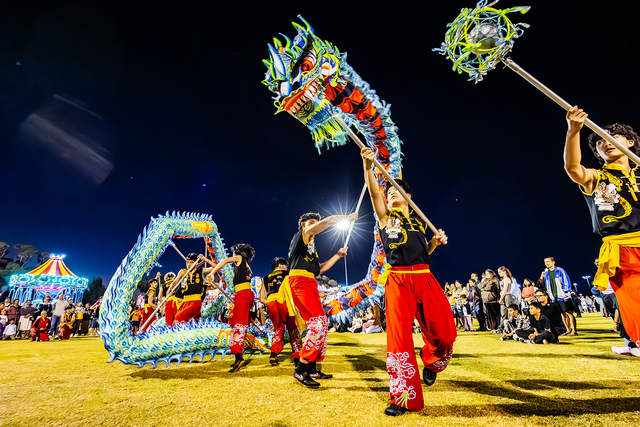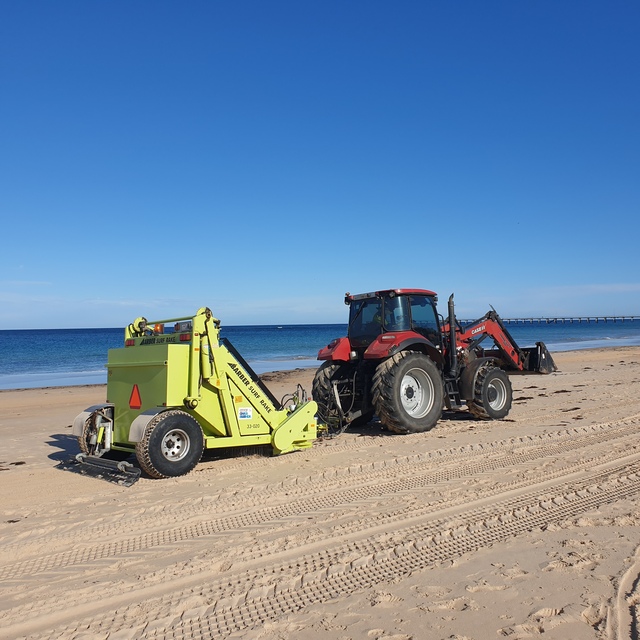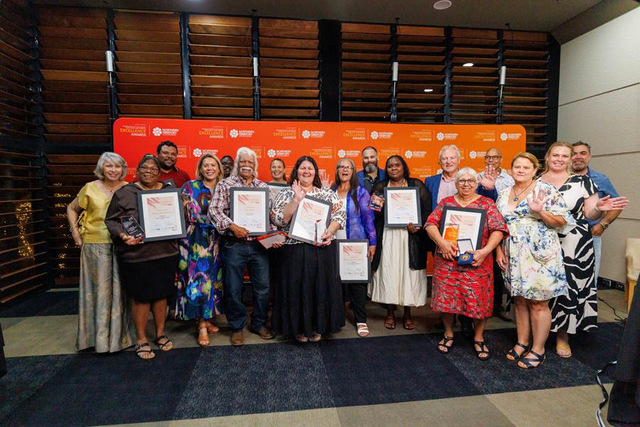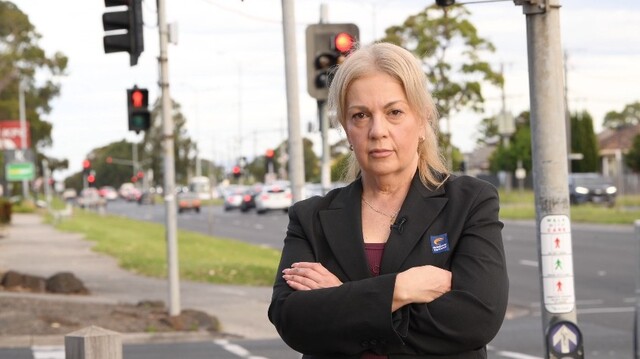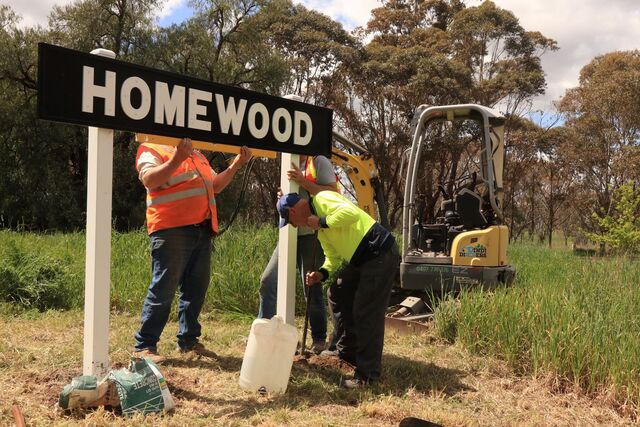The Derwent Valley is located 36 kilometres northwest of Hobart, or a 30 minute relaxing drive along the banks of the fabulous Derwent River – the major geographic feature of the region.
The river’s nine tributaries wind through the fertile valley, creating a picturesque rural setting that was first settled by Europeans in 1807.
The region covers 4,000 square kilometres and boasts some of Tasmania’s most spectacular wilderness areas, as well as the iconic Mt Field National Park incorporating Russell Falls and the inspirational tall trees of the Styx Valley (refer to touring route website www.riversrun.net.au).
The Valley’s population is estimated at 10,000, but is expected to increase by 3,000 to 5,000 people over the next five to seven years when various housing projects mature.
Derwent Valley’s main hub, New Norfolk, is Tasmania’s country capital. It celebrated its bicentennial in 2008, making it Australia’s third oldest township.
The settlement of New Norfolk was brought about with the settling of the Norfolk Islanders in the years 1807 to 1808.
Governor Macquarie visited the area in 1811 and ordered his surveyors to lay out a township, which he named Elizabeth Town, but is now known as New Norfolk. In those early years, New Norfolk was the second population centre in the South, with Hobart the first.
Environment and climate
Fresh air, clean water and a temperate climate with four distinct seasons are the norm for Derwent Valley. Spring is warm, summer is warm to hot and dry, and winter can be cold and frosty, with snow on the mountains. But it is autumn that the Derwent Valley is famous for.
Introduced English trees up to 200 years old are plentiful and provide spectacular autumn colours.
Family focus
Derwent Valley has its own childcare centre and family day care service, an abundance of open spaces, scenic walking tracks, parks, barbecue facilities and playgrounds.
There is a skate park, as well as an award winning bike track specifically designed to teach youngsters real road safety rules, with its own traffic lights and pedestrian crossings!
Heritage
Dotted with heritage homesteads, churches, farms, magnificent oast houses once used for hop production, and many other significant buildings – all with fascinating stories to tell – New Norfolk is a destination for antique collectors with seven retail outlets.
It is home to Australia’s oldest continuously licensed hotel, the renowned Bush Inn, which overlooks the esplanade; Willow Court, a part of the former hospital and mental asylum closed in 2001 that dates back to 1828; and the Salmon Ponds, Australia’s oldest trout hatchery, established in 1863.
Industry
Housing construction, agriculture, aquaculture, horticulture, viticulture, retail, hospitality and care are emerging industries, along with traditional forestry and newsprint manufacturing. There is a demand for people with science training and people skills. Innovation, significant investment in new technology, a stable workforce of proud, hardworking people, our famous climate, and new markets nationally and around the world all contribute to the sustainable renewal of this region.
Culture
Derwent Valley is home to the world renowned Derwent Valley Concert Band, which travels extensively, competing and performing internationally at events such as the Royal wedding in Denmark in 2004.
There are many other recreational activities on offer and active social clubs to join for all ages – in fact there is something for everyone.
The annual Derwent Valley Autumn Festival is now in its ninth year. This attracts over 15,000 people and provides a full day’s free entertainment.
Creative people are now moving into the Derwent Valley. Writers, poets, artists and musicians see the community as open and welcoming.
Sports and recreation
This is a sport loving community with venues for swimming, tennis, football, soccer, golf, speed car racing, horseriding, shooting and bowls to name a few, all of which are supported by active social clubs.
The Derwent River provides the perfect facility for water sports and world class fishing, and it has a reputation for producing Olympic rowing champions.
Education
There are five public primary schools with associated kindergartens and playgroups, one public high school at New Norfolk, and one district high school at Glenora, 15 minutes west of New Norfolk. There is also a Catholic primary school at New Norfolk and an extensive daily return bus service provides access to a comprehensive range of private schools in Hobart.
Connections between the schools, community and industry are growing.
For example, an innovative program called ‘Leading Edge’ aims to create links with industry and provide individualised programs for students beyond Year 10.



